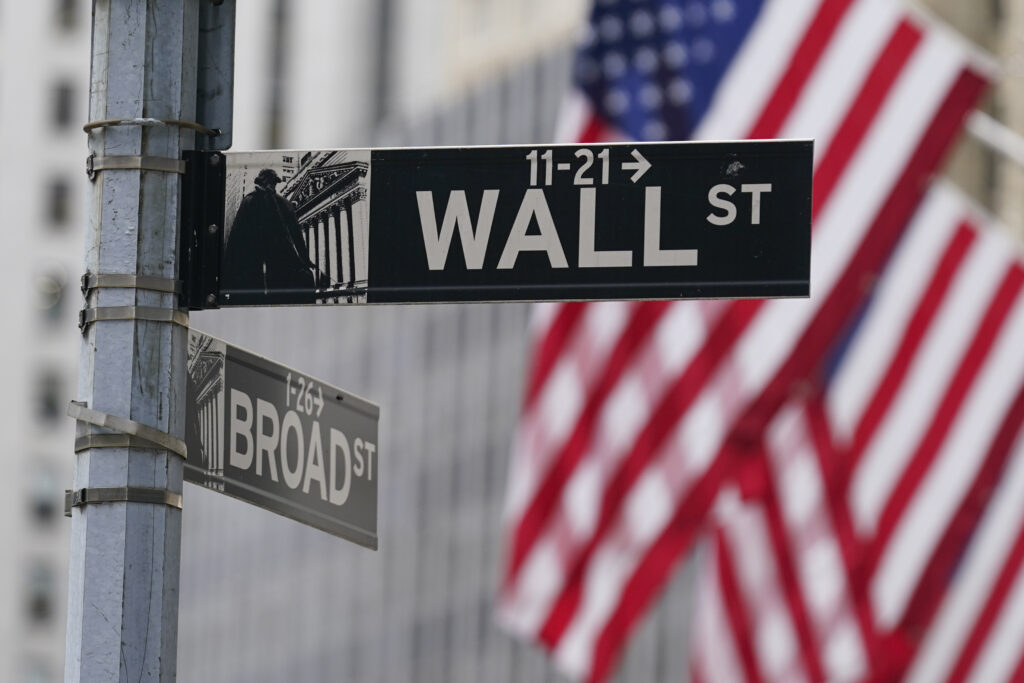U.S. stocks moved sharply higher on Thursday, powered by a rebound in mega-cap growth stocks, while crude oil prices and the dollar slid as a surge of COVID cases in China fueled fears of an economic downturn. All three major U.S. stock indexes rose in a broad-based rally, with the tech-heavy Nasdaq leading the pack. Those gains were extended after a rise in U.S. jobless claims suggested the Federal Reserve’s hawkish monetary policy is having its intended effect. The Associated Press has the story:
Stocks rally on Wall Street; job market remains strong
Newslooks-
Stocks rallied in morning trading on Wall Street Thursday as investors investors reviewed the latest government update showing that the labor market remains strong.
The S&P 500 rose 1.6% as of 10:18 a.m. Eastern. More than 95% of stocks within the benchmark index gained ground. It’s the latest oscillation in what has been a volatile, holiday-shortened week for stocks. The Dow Jones Industrial Average rose 328 points, or 1%, to 33,206 and the Nasdaq rose 2.2%.
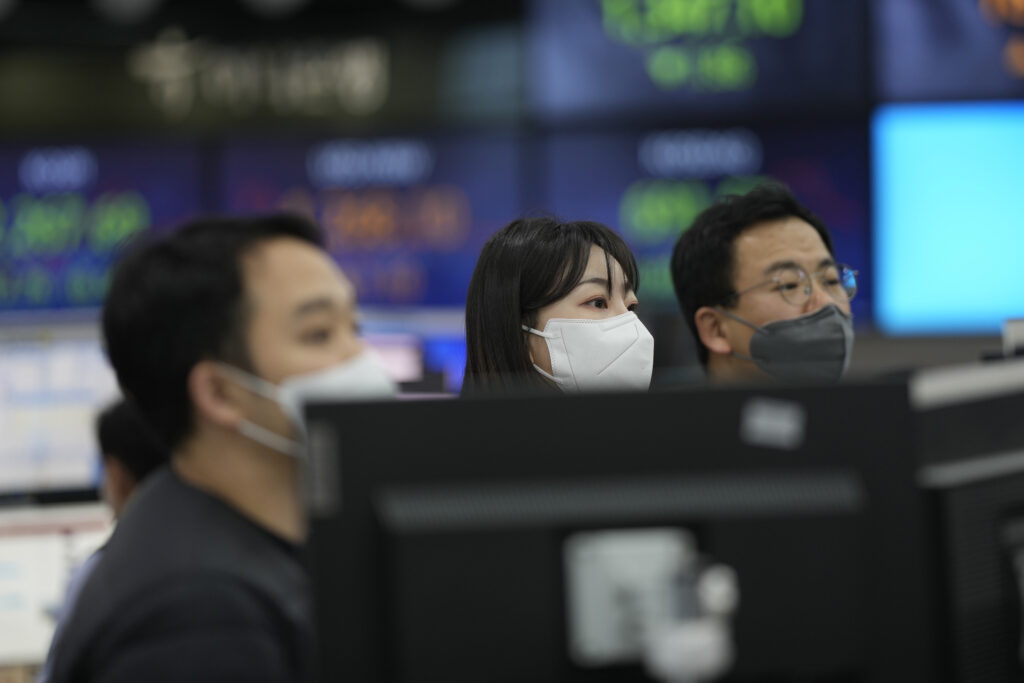
Tesla jumped 8% as it continued stabilizing from steep losses it suffered after reports Tuesday that it temporarily suspended production at a factory in Shanghai. The stock is still down 65% for the year.
Investors have been hoping for a “Santa Claus” rally. That’s Wall Street’s term for when stocks rise in the last five trading days of December and first two of January. Even a late rally likely wouldn’t change the broader market’s trajectory for the month.
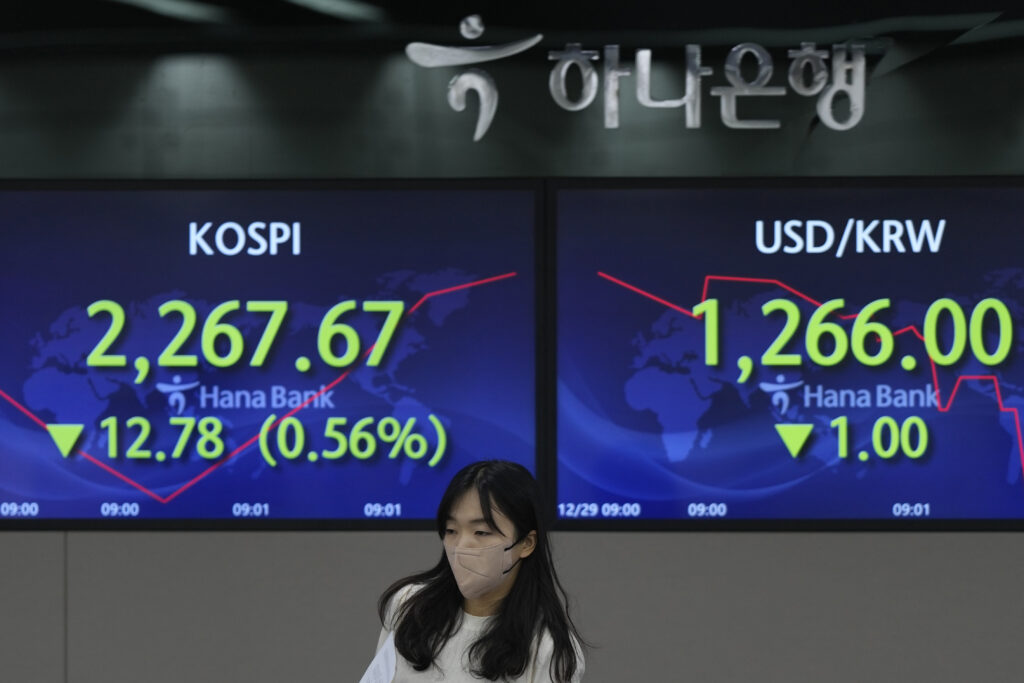
Every major index is headed for a loss in December that will cap off a dismal year. While companies in the S&P 500 raked in record profits this year, investors in the benchmark index will see a roughly 20% loss in 2022, which would mark its worst year since 2008.
Treasury yields were mixed. The yield on the 10-year Treasury fell to 3.86% from 3.89% late Wednesday.
Markets in Europe were higher and markets in Asia slipped.
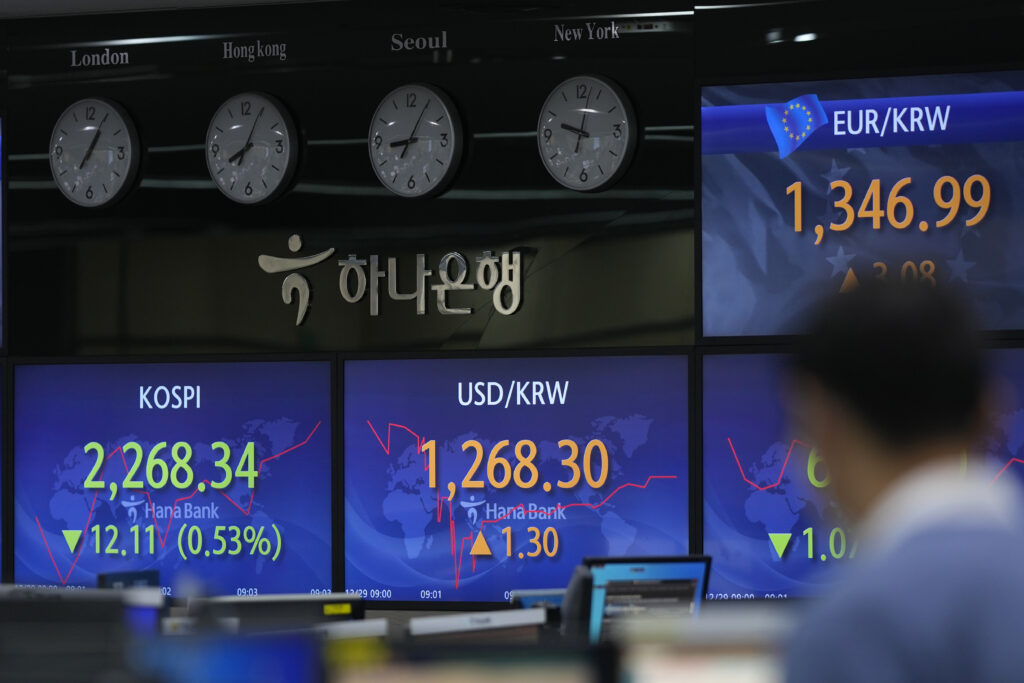
Investors have been focused on the Federal Reserve’s continuing fight against stubbornly hot inflation. The central bank has been raising interest rates in an effort to stifle borrowing and spending and cool inflation, but the strategy risks going too far and sending the economy into a recession. That has put an even greater focus on a wide range of data for Wall Street as it tries to determine whether inflation is cooling and how various areas of the economy are faring.
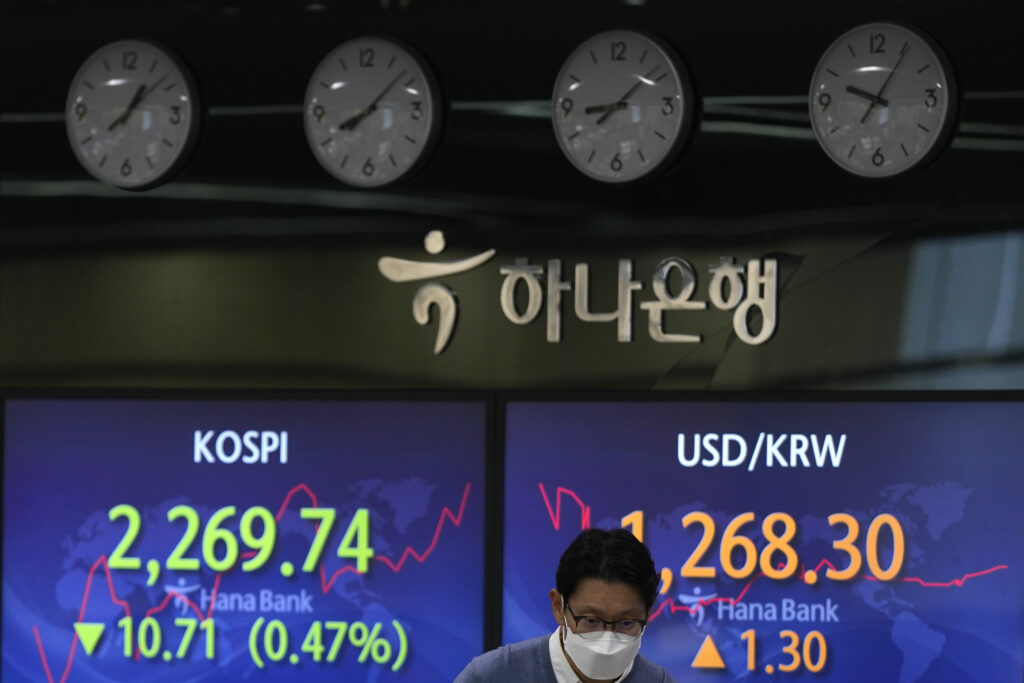
The latest update from the U.S. shows that the number of people seeking unemployment benefits rose only slightly last week. The labor market has been one of the stronger areas of the economy. That’s normally good news and it has helped create a bulwark against a recession as other areas of the economy slow. It has also made the Fed’s fight against inflation more difficult and means the central bank will have to likely remain aggressive, raising the risk that its policy could bring on a recession.
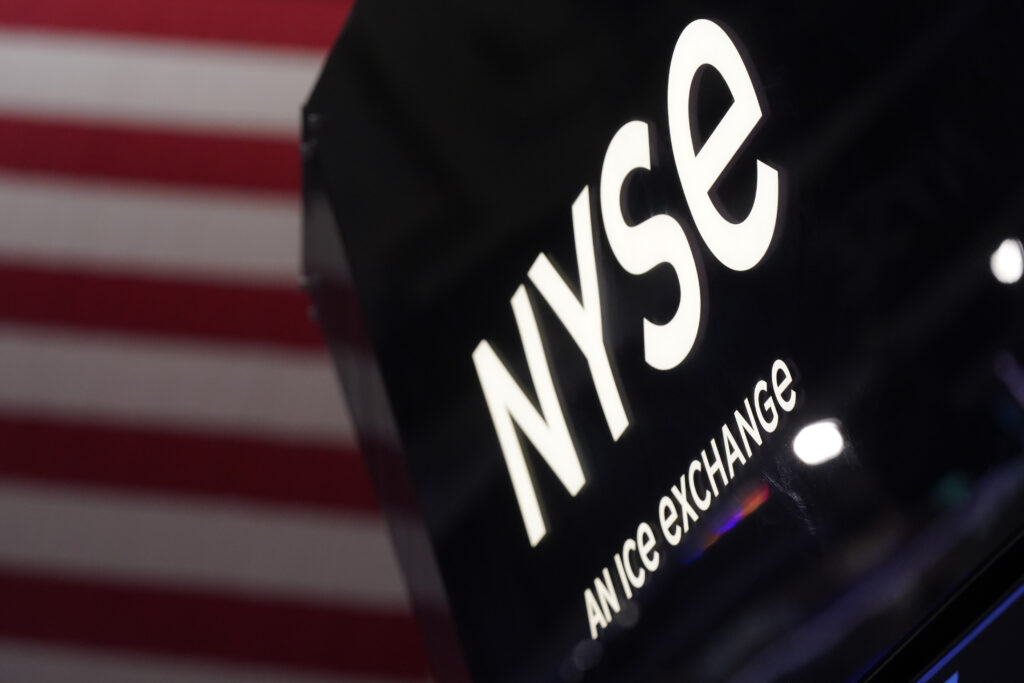
The Fed has already raised its key interest rate seven times this year and is expected to continue raising rates in 2023. The key lending rate, the federal funds rate, stands at a range of 4.25% to 4.5%, and Fed policymakers forecast that the rate will reach a range of 5% to 5.25% by the end of 2023. Their forecast doesn’t call for a rate cut before 2024.

